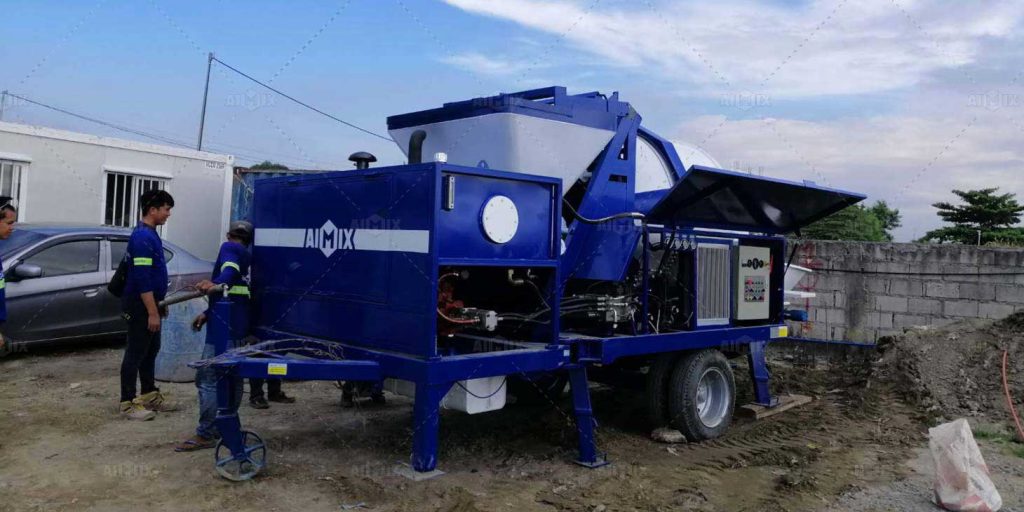In the grand tapestry of construction, concrete pumps stand as unsung heroes, bridging the gap between concrete production and precise placement. The choice between line pumps and mixer pumps is a critical juncture in any construction project. This article navigates this decision-making process, unraveling the complexities of each pump’s functionality, advantages, and real-world suitability, allowing you to make an informed choice and keep your project on the path to success.
The Line Pump: Precision in Placement
Exploring the functionality of line pumps
Line pumps are the meticulous artists of concrete placement. They operate on a straightforward principle, pumping concrete through a series of connected pipes, or “lines,” directly to the desired location. This method ensures precise and controlled placement, making line pumps indispensable in scenarios that demand accuracy.
Advantages and considerations
The advantages of a line pump lie in its ability to achieve accuracy and pump concrete over substantial distances, often reaching hundreds of feet horizontally. This precision is essential for high-rise projects, where concrete needs to reach lofty heights without compromising on quality. However, it’s crucial to consider terrain compatibility, as line pumps may face challenges on rough or uneven surfaces.

Real-world scenarios and project suitability
Line pumps excel in projects where precise concrete placement is paramount. They are a natural choice for high-rise buildings, ensuring that concrete is delivered to the exact location it’s needed. However, their limitations become evident when dealing with large aggregates or navigating complex terrains, where the robust mixer pump may take the lead. Check more information about concrete pump: https://aimixgroup.ph/concrete-pump/.
The Mixer Pump: Versatility in Mixing
Unveiling the mixer pump’s capabilities
The mixer pump is a versatile beast, combining the functions of a concrete mixer and a pump into a unified force. It boasts the ability to mix concrete on-site and then pump it to the desired location, eliminating the need for separate mixing and placement stages. This innovation streamlines the construction process.

Advantages and considerations
The advantages of a mixer pump are twofold: it saves time and space. By mixing concrete at the construction site, it reduces the need for concrete transportation, leading to time and cost savings. However, it’s essential to consider concrete mixer pump maintenance and material compatibility, as the mixing process can be demanding on the equipment. Furthermore, not all concrete types are suitable for mixing on-site.
Real-world scenarios and project suitability
Mixer pumps shine in scenarios where space is limited, and large-scale or remote projects where concrete transportation is a logistical challenge. They offer flexibility and efficiency, making them a go-to choice for versatile applications. However, for projects that require pinpoint precision, such as intricate architectural work, the line pump’s accuracy might be the preferred route.
In conclusion, the choice between line pumps and mixer pumps is a pivotal decision in the construction world. Understanding their functionality, advantages, and real-world suitability is the first step towards successful project management. Whether you opt for the precision of a line pump or the versatility of a small concrete pump, the path to construction excellence is clear, and the choice is yours.
